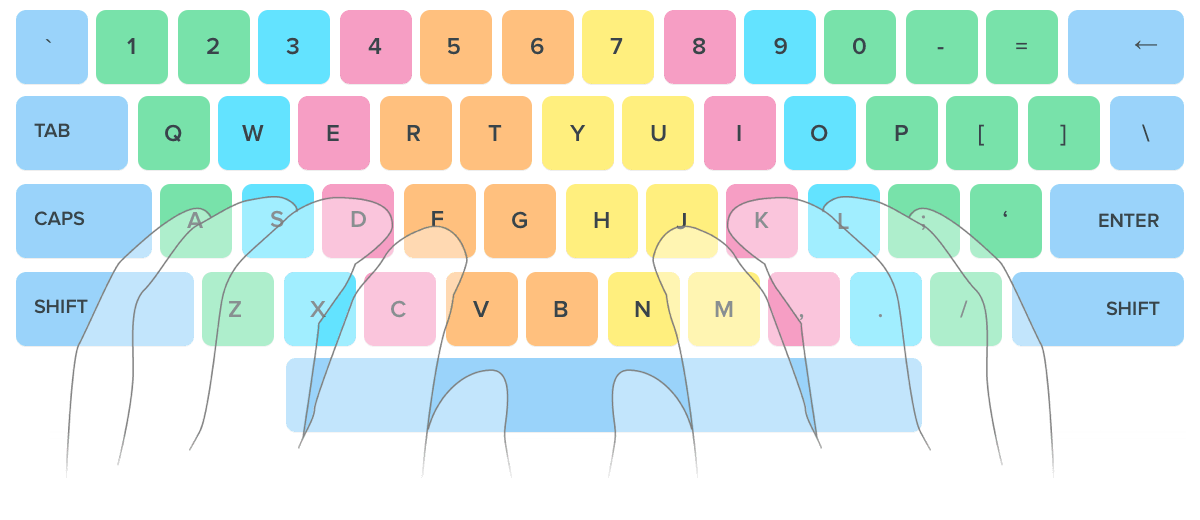MeriTyping
This
brings
us
to
the
question
whether
the
word
law
in
Art.
13
-2
includes
an
amendment
of
the
Constitution,
and
therefore
there
is
an
express
provision
in
Art.
13
-2
which
at
least
limits
the
power
of
amendment
under
Art.
368
to
this
extent
that
by
such
amendment
fundamental
rights
guaranteed
by
Part
111
cannot
be
taken
away
or
abridged.
We
have
already
pointed
out
that
in
Sankari
Prasad
case
as
well
as
Sajjan
Singh
case
it
has
already
been
held
in
one
case
unanimously
and
in
the
other
by
majority
that
the
word
law
in
Art.
13(2)
does
not
include
an
amendment
of
the
Constitution,
and
it
is
the
correctness
of
this
view
which
is
being
imputed
before
this
Bench,
Article
13
is
in
three
parts.
The
first
part
lays
down
that
all
laws
in
force
in
the
territory
of
India
immediately
before
the
commencement
of
this
Constitution,
insofar
as
they
are
inconsistent
with
the
provisions
of
this
Part,
shall,
to
the
extent
of
such
inconsistency,
be
void.
Further
all
previous
constitutional,
provisions
were
repealed
by
Art.
395
which
provided
that
the
Indian
Independence
Act,
1947,
and
the
Government
of
India
Act,
1935,
together
with
all
enactments
amending
or
supplementing
the
latter
Act,
but
not
including
the
Abolition
of
Privy
Council
Jurisdiction
Act,
1949,
are
hereby
repealed.
Thus
it
is
clear
that
the
word
law
in
Art.
13(1)
does
not
include
any
law
in
the
nature
of
a
constitutional
provision,
for
no
such
law
remained
after
the
repealing
Art.
395
Then
comes
the
second
part
of
Art.
13,
which
says
that
State
shall
not
make
any
law
which
takes
away
or
abridges
the
rights
conferred
by
this
Part
and
any
law
made
in
contravention
of
this
clause
shall,
to
the
extent
of
the
contravention,
be
void.
The
third
part
defines
the
word
law
for
the
purpose
of
Art.
13,
the
definition
is
inclusive
and
not
exhaustive.
It
is
because
of
the
definition
in
clause
of
Art.
13
being
inclusive
that
it
is
urged
that
the
word
law
in
Art.
13
-2
includes
an
amendment
of
the
Constitution
also.
Now
we
see
no
reason
why
if
the
word
law
in
Art.
13(1)
relating
to
past
laws
does
not
include
any
constitutional
provision
the
word
law
in
cl.
-2
would
take
in
an
amendment
of
the
Constitution,
for
it
would
be
reasonable
to
the
word
law
in
Art.
13(2)
includes
an
amendment
of
the
13
But
apart
from
this
consideration,
we
are
of
opinion
that
the
word
law
in
Art
13(2)
could
never
have
been
intended
to
take
in
an
amendment
of
the
Constitution.
What
Art.
13(2)
means
is
that
a
law
made
under
the
constitutional
provisions
would,
be
tested
on
the
anvil
of
Part
III
and
if
it
takes
away
or
abridges
rights
conferred
by
Part
III
it
would
be
void
to
the
extent
of
the
contraventions.
The
State
from
making
any
law
under
these
provisions.
Art.
13
-2
when
it
talks
of
the
State
making
any
law
of
world.
Time Left - 20:00
Don't Highlight mistake Don't Highlight current word
Learn how to touch type
Touch typing is all about the idea that each
finger has its own area on the keyboard. Thanks to that fact you can
type without looking at the keys. Practice regularly and your fingers
will learn their location on the keyboard through muscle memory.
Sitting posture for typing

Sit straight and remember to keep your back straight. Keep your elbows bent at the right angle. Face the screen with your head slightly tilted forward. Keep at least 45 - 70 cm of distance between your eyes and the screen.Еxpose the shoulder, arm, and wrist muscles to the least possible strain. The wrists can touch the tabletop in front of the keyboard. Never shift your body weight to the wrists by resting on them.
Home row position

Curve your fingers a little and put them on the ASDF and JKL; keys which are located in the middle row of the letter keys. This row is called HOME ROW because you always start from these keys and always return to them.
F and J keys under your index fingers should have a raised line on them to aide in finding these keys without looking.
Keyboard scheme

The color-coded keyboard under lesson input field will help you to understand which finger should press each key.
Hit keys only with the fingers for which they have been reserved. Always return to the starting position of the fingers "ASDF – JKL;" When typing, imagine the location of the symbol on the keyboard. Establish and maintain a rhythm while typing. Your keystrokes should come at equal intervals. The SHIFT key is always pressed by the pinky finger opposite to the one hitting the other key. Use the thumb of whichever hand is more convenient for you to press the Space bar.
This method may seem inconvenient at first, but do not stop, eventually, you'll find out that you are typing quickly, easily, and conveniently. To achieve the maximum result, choose a paragraph for your keyboard layout and in the desired language.
Fingers motion

Don't look at the keys when you type. Just slide your fingers around until they find the home row marking. Limit your hand and finger movement only to what is necessary to press a specific key. Keep your hands and fingers close to the base position. This improves typing speed and reduces stress on the hands.
Pay attention to ring fingers and little fingers, since they are considerably underdeveloped.
Typing speed
Do not rush when you just started learning. Speed up only when your fingers hit the right keys out of habit. Take your time when typing to avoid mistakes.The speed will pick up as you progress. Always scan the text a word or two in advance. Pass all typing lessons at Ratatype. It will help you to get above the average typing speed.
Take care of yourself
Take a break if you feel that you get distracted easily and are making a lot of mistakes. It is more productive to come back when you feel refreshed.
Learn how to touch type
Touch typing is all about the idea that each finger has its own area on the keyboard. Thanks to that fact you can type without looking at the keys. Practice regularly and your fingers will learn their location on the keyboard through muscle memory.
Sitting posture for typing

Sit straight and remember to keep your back straight. Keep your elbows bent at the right angle. Face the screen with your head slightly tilted forward. Keep at least 45 - 70 cm of distance between your eyes and the screen.Еxpose the shoulder, arm, and wrist muscles to the least possible strain. The wrists can touch the tabletop in front of the keyboard. Never shift your body weight to the wrists by resting on them.
Home row position

Curve your fingers a little and put them on the ASDF and JKL; keys which are located in the middle row of the letter keys. This row is called HOME ROW because you always start from these keys and always return to them.
F and J keys under your index fingers should have a raised line on them to aide in finding these keys without looking.
Keyboard scheme

The color-coded keyboard under lesson input field will help you to understand which finger should press each key.
Hit keys only with the fingers for which they have been reserved. Always return to the starting position of the fingers "ASDF – JKL;" When typing, imagine the location of the symbol on the keyboard. Establish and maintain a rhythm while typing. Your keystrokes should come at equal intervals. The SHIFT key is always pressed by the pinky finger opposite to the one hitting the other key. Use the thumb of whichever hand is more convenient for you to press the Space bar.
This method may seem inconvenient at first, but do not stop, eventually, you'll find out that you are typing quickly, easily, and conveniently. To achieve the maximum result, choose a paragraph for your keyboard layout and in the desired language.
Fingers motion

Don't look at the keys when you type. Just slide your fingers around until they find the home row marking. Limit your hand and finger movement only to what is necessary to press a specific key. Keep your hands and fingers close to the base position. This improves typing speed and reduces stress on the hands.
Pay attention to ring fingers and little fingers, since they are considerably underdeveloped.
Typing speed
Do not rush when you just started learning. Speed up only when your fingers hit the right keys out of habit. Take your time when typing to avoid mistakes.The speed will pick up as you progress. Always scan the text a word or two in advance. Pass all typing lessons at Ratatype. It will help you to get above the average typing speed.
Take care of yourself
Take a break if you feel that you get distracted easily and are making a lot of mistakes. It is more productive to come back when you feel refreshed.